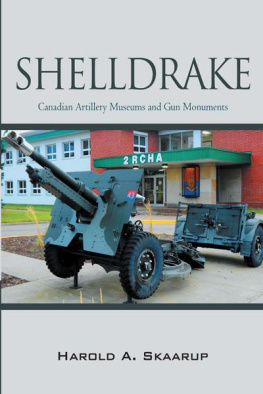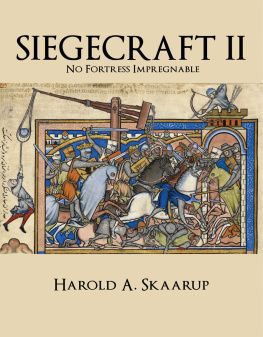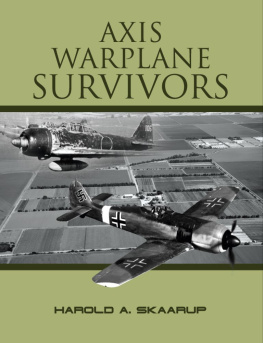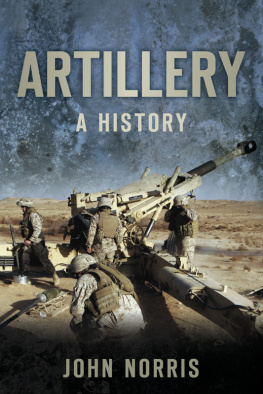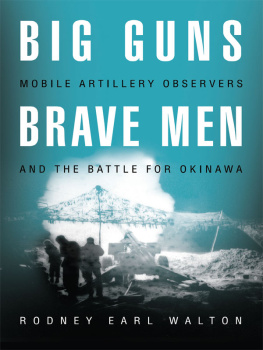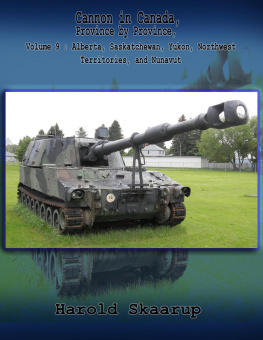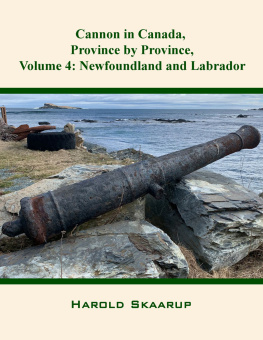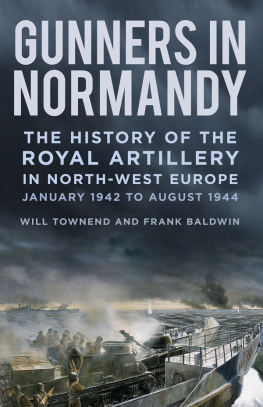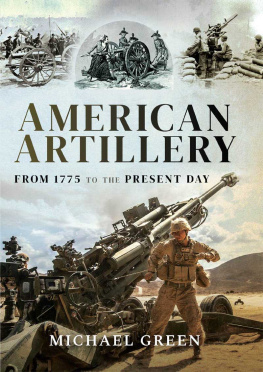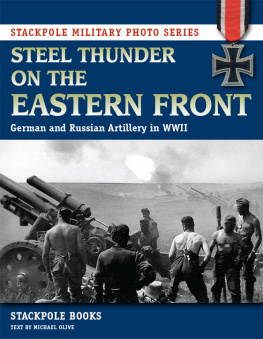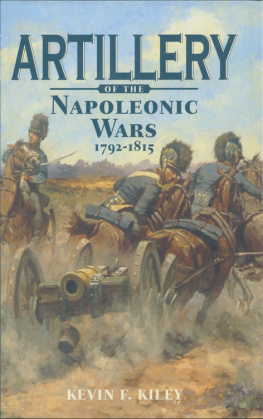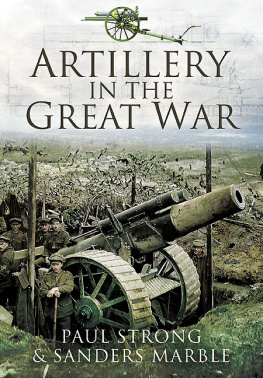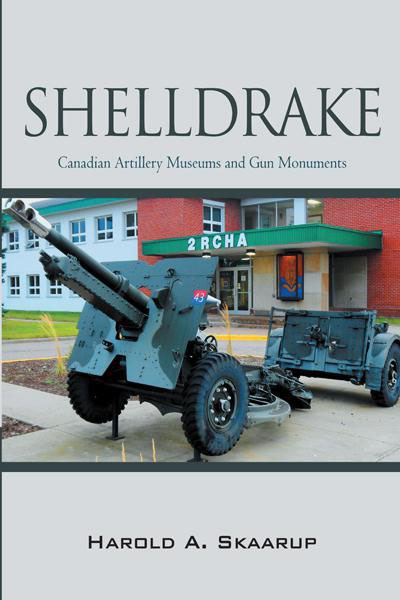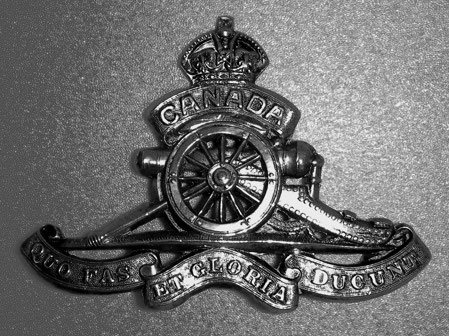Shelldrake
Canadian Artillery Museums & Gun Monuments
Harold A. Skaarup
Ubique
iUniverse, Inc.
Bloomington
Shelldrake
Canadian Artillery Museums and Gun Monuments
Copyright 2012 by Harold A. Skaarup
All rights reserved. No part of this book may be used or reproduced by any means, graphic, electronic, or mechanical, including photocopying, recording, taping or by any information storage retrieval system without the written permission of the publisher except in the case of brief quotations embodied in critical articles and reviews.
Many significant elements of the use of artillery in Canadian military history have not yet been told. The information that is found within this collection of technical data, historical reports and military photos may not be complete or fully accurate. The story will continue to unfold as additional research turns up the missing data.
iUniverse books may be ordered through booksellers or by contacting:
iUniverse
1663 Liberty Drive
Bloomington, IN 47403
www.iuniverse.com
1-800-Authors (1-800-288-4677)
Because of the dynamic nature of the Internet, any web addresses or links contained in this book may have changed since publication and may no longer be valid. The views expressed in this work are solely those of the author and do not necessarily reflect the views of the publisher, and the publisher hereby disclaims any responsibility for them.
Any people depicted in stock imagery provided by Thinkstock are models, and such images are being used for illustrative purposes only.
Certain stock imagery Thinkstock.
ISBN: 978-1-4697-5000-2 (sc)
ISBN: 978-1-4697-5001-9 (e)
iUniverse rev. date: 2/15/2012
Table of Contents
Cover Photo: Ordnance QF 25-pounder Gun with limber, 2 Royal Canadian Horse Artillery Headquarters, CFB Petawawa, Ontario, (Author Photo).
For both of my grandfathers, Unteroffizier Frederick Christensen Skaarup and Sergeant Walter Ray Estabrooks, two gunners who fought on opposite sides of the line during the Great War, and for all those members of the Armed Forces of Canada whose primary task at home and abroad has been and is to keep us safe.
* Photo. Artillery Cap badge worn by Canadian Gunners during the Great War.
(Author Photo)
During my service as a soldier and officer in the Canadian Forces, I was taught to use the combat arms radio call sign Shelldrake whenever the message traffic being relayed referred to artillery. The armour elements were Ironsides, hence the titles of the companion volumes to this series, and for the interested reader, Acorn was my call sign as the Brigade Intelligence Officer.
As a soldier in the Canadian Army with service overseas in Cyprus, Bosnia-Herzegovina and Afghanistan, I came to appreciate that no matter which side you are on, the weather and terrain tend to be the same, only the enemy is different. Political decisions, attitudes and current events affected those soldiers who came before us in much the same way as they do now, and often in many strange ways.
There are always two sides to a story, but because my grandfather Frederick C. Skaarup died before I knew him, I did not hear the stories from the other side. He was living in the German occupied area of southern Denmark when the Great War came and he was called up for active duty. Having been conscripted into the German Army in 1910, he served two years compulsory service as a gunner and bandsman (trumpeter), and then went into the reserve mobilization force. He was recalled on mobilization, and therefore fought in the Great War in France and Belgium from day one in 1914 through to its conclusion on 11 November 1918. In 1926, he immigrated to Canada with his family and settled in the farming community of New Denmark in the North West section of New Brunswick, not far from the Saint John River.
My grandfather Walter R. Estabrooks, from Carleton County, New Brunswick, was a Canadian gunner who also served in the Great War. Unlike many of his comrades, he survived and came home to establish his family near Hartland on the Saint John River. As a boy chopping wood and haying with a team of horses on his farm during the summers we came home to visit from the RCAF Stations where my father served, I had lots of opportunities to hear about his experiences during the war. My Skaarup grandparents died before I got to know them, so I asked a lot of questions and was rewarded with many interesting stories.
I was curious as to whether or not my two grandparents had fought in the same area, or perhaps been in the position where they might have been firing on each other during the war. Because of our family tradition in the field of music, Grandfather Estabrooks was able to tell me this incredible story about how he knew they had been in the same place at the same time on a battlefield in France.
I met your grandfather Skaarup about 1937 or 1938. The next winter Mrs. (Anne) Skaarup came down and I exchanged words with them quite often while threshing. There were no combines then. We often listened to him playing the trumpet on the veranda in the evenings. We discussed the war many times. While serving on the guns in France on 5 February 1918, I had charge of a team getting some lumber salvaged from an old blown up school. We heard a German band playing the boys rotating out of the line to go on leave in Lens just across no-mans land from Livin where we were. We checked the dates and your grandfather said that he may have been playing in that band.
I have seen troops coming out of the line tired and dirty after a big push, and make their first halt for a little rest. Sometimes a band would be waiting for them. Marching when not weary and with a good band will give some folks a tremendous thrill. But can you imagine a depleted unit coming out of the line from a hard position, tired, dirty, muddy and lousy, stumbling along just after dark, a few minutes halt just out of maximum gun range? Orders are given, Fall in. Quick March. Imagine that a band has been waiting for them and what it would feel like as it begins playing The British Grenadiers. The men would hunch their equipment up higher on their backs and their shoulders would straighten up. They would all have fallen in line four abreast without an order. No need for left-right. The muddy boots would seem to lighten up, and darned if the feet dont seem to get the beat of the music. They are old hands, and would soon be disappearing into the night.
And about those Whiz-bangs, a Whiz-Bang was an artillery shell fired by the Germans. It traveled with great speed, and was fired by a fast action gun. There was not much time to duck as one just heard Whiz. Bang! A Woolly Bear was another type of shell that was used for demolition, and when it burst on impact, it made a big hole and left a tremendous cloud of black smoke. They were slower than a Whiz-Bang and could be ducked by a man with a sixth sense.
This guidebook is intended to honour our military heritage, because it needs to be remembered and preserved for all of those who have served or continue to serve in the Canadian Forces on our behalf.

